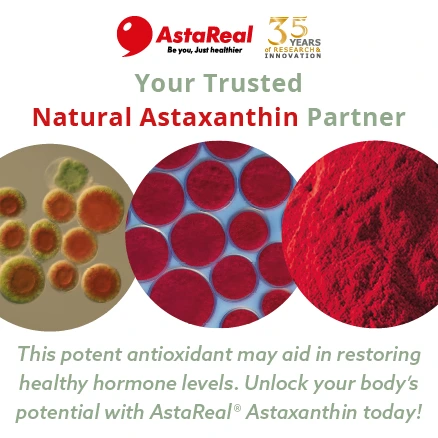Turning essential oil waste into sustainable skin care
A study has found potential for essential oil waste to be used for sustainable skin care applications. The oils are rich in bioactive compounds such as flavonoids, phenols, essential nutrients, and polysaccharides.
These compounds are suitable for cosmetics targeting anti-aging, hydrating, antimicrobial, and skin-protecting properties, while contributing to improved environmental sustainability and strengthened bioeconomy.
“The research demonstrates that essential oil distillation residues represent an abundant, renewable source of bioactives that can be valorized in cosmetic formulations,” Dr. Ez-zouhra El Maaiden, R&D project lead of the study, tells Personal Care Insights.
“This approach contributes to circular bioeconomy models, aligns with consumer preferences for sustainable and natural products, and helps reduce the environmental impact of essential oil industries.”
Not letting waste go to waste
The authors say nearly 200,000 metric tons of essential oils are extracted annually worldwide, leading to environmental concerns if not properly managed.
Production waste is usually released into natural ecosystems, and the slow natural degradation results in soil contamination, air pollution, and water pollution.
“Alternatively, some residues are burned, emitting GHG like carbon dioxide and carbon monoxide, which contribute significantly to global warming,” says the study.
“Burning these residues can also lead to the formation of smog, which occurs when pollutants interact with sunlight and atmospheric conditions, triggering complex photochemical reactions that produce secondary pollutants and haze-like air pollution.”
The study explains that recovering these materials rather than wasting them promotes sustainable environmental and bioeconomy development.
 When the waste is burned, it emits GHG and contributes significantly to global warming.Skin-protecting properties
When the waste is burned, it emits GHG and contributes significantly to global warming.Skin-protecting properties
The study, published in Biomass and Bioenergy, focused on rosemary (Rosmarinus officinalis), lavender (Lavandula angustifolia), and sweet orange (Citrus sinensis) distillation residues.
El Maaiden says the oils hold anti-aging and antioxidant formulations based on the oil chemical profiles and bioactivity assays. These are the primary applications due to their strong free radical scavenging capacity.
Substances with radical scavenging capacity are often used in cosmetics as they benefit the skin by protecting it from environmental stressors such as UV damage and pollution, which may lead to skin concerns such as premature aging.
El Maaiden continues that rosemary extracts particularly contain high total phenolic content. They are known for their antioxidant properties and potential to neutralize harmful radicals in the body.
Furthermore, natural antimicrobial creams and lotions were promising, as all three extracts inhibited Staphylococcus aureus (the bacteria triggering eczema) and Escherichia coli in vitro.
“Soothing or calming products, especially lavender extracts, have potential due to linalool derivatives and mild antimicrobial action,” says El Maaiden.
 El Maaiden explains that the oils hold anti-aging and antioxidant formulations.Bioactives from waste
El Maaiden explains that the oils hold anti-aging and antioxidant formulations.Bioactives from waste
The extracts are rich in active bioingredients, including: rosmarinic acid and other polyphenols (rosemary), linalool and linalyl acetate (lavender), hesperidin and flavanones (orange peel).
“These compounds contribute measurable antioxidant, antimicrobial, and potentially anti-inflammatory effects, supporting their incorporation as true actives rather than only fragrance components,” says El Maaiden.
She further details how essential oil production generates a substantial amount of by-products, which often go to waste.
“Over 90% of the plant biomass remains as residual solid or aqueous waste after distillation. This biomass is often discarded, composted, or underutilized, despite containing valuable polyphenols and terpenes.”
“The study emphasizes the need to recover these compounds to reduce waste and improve sustainability.”














